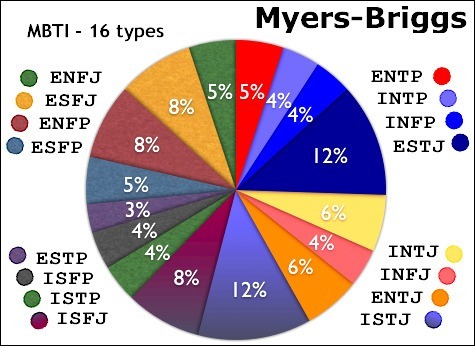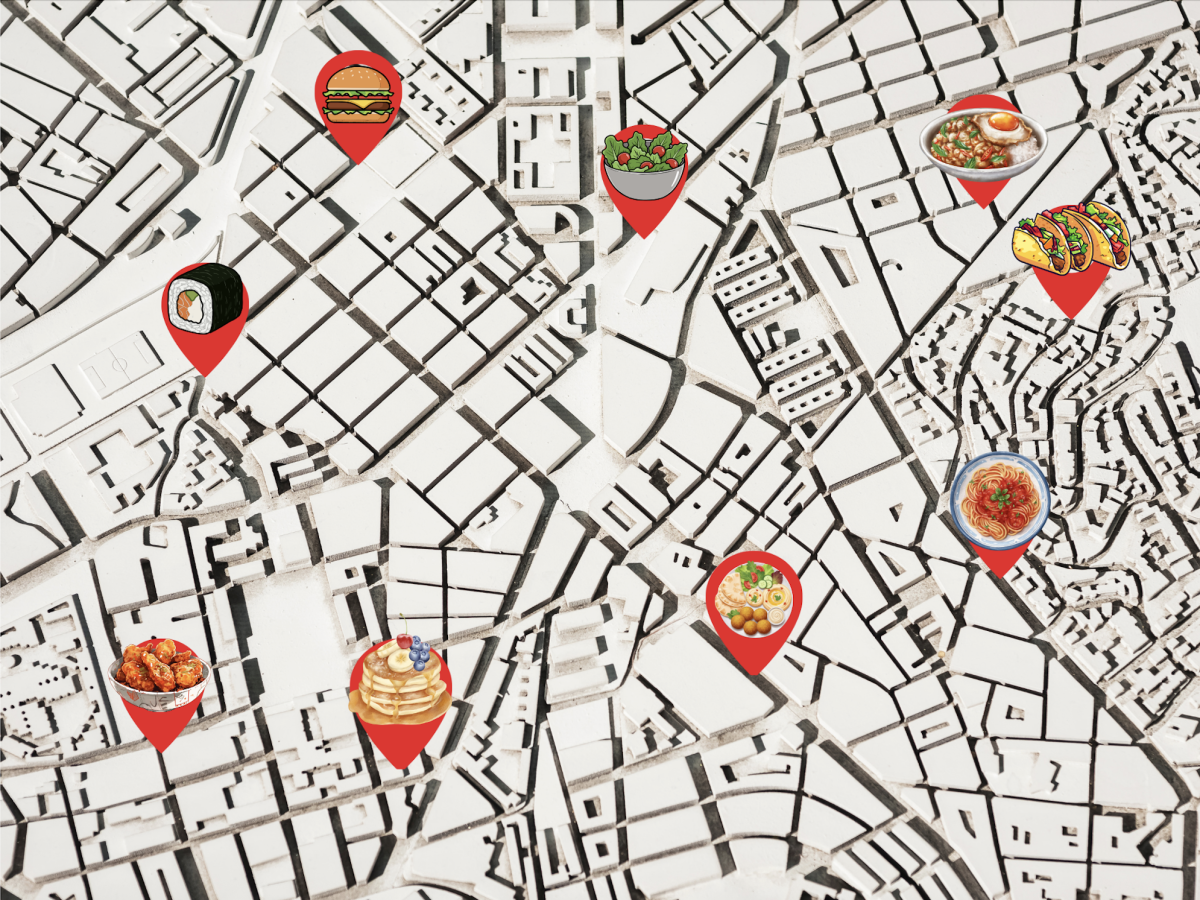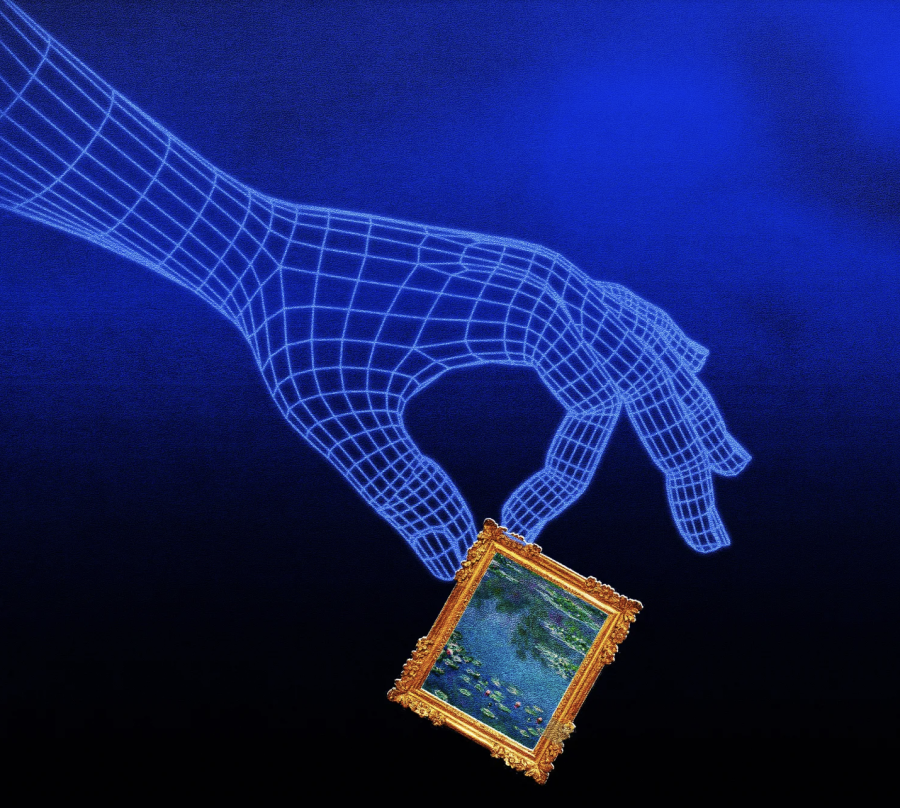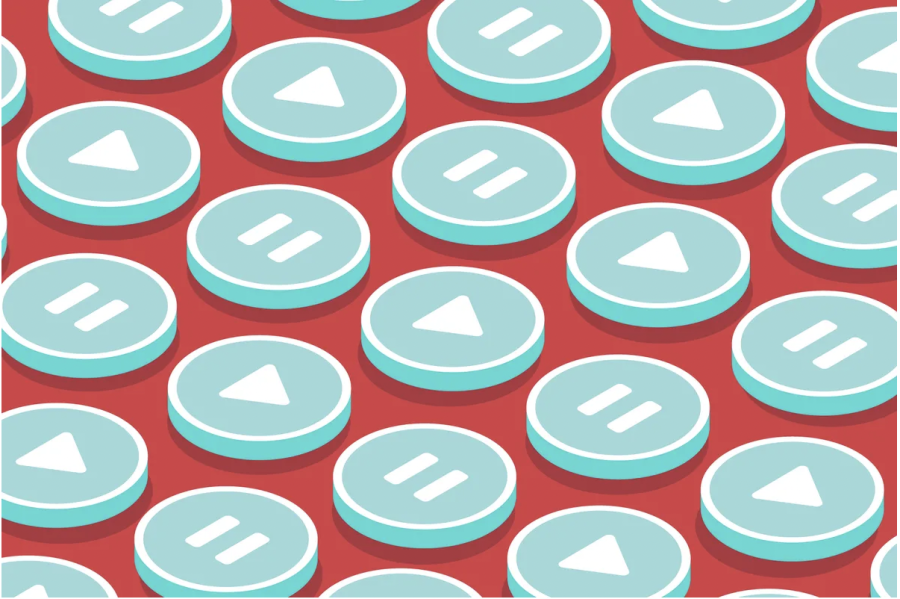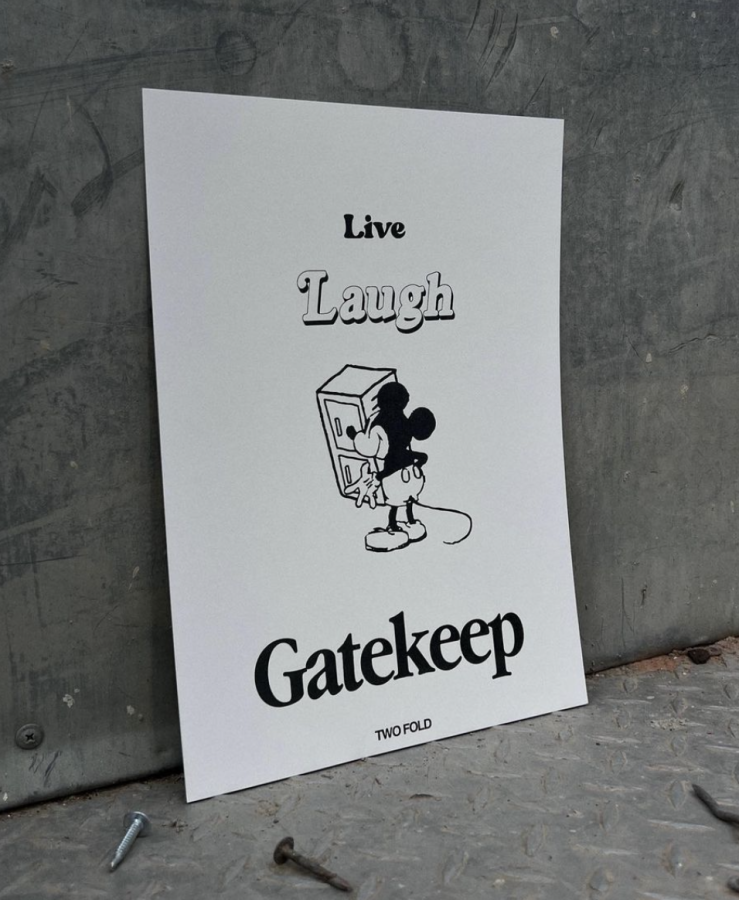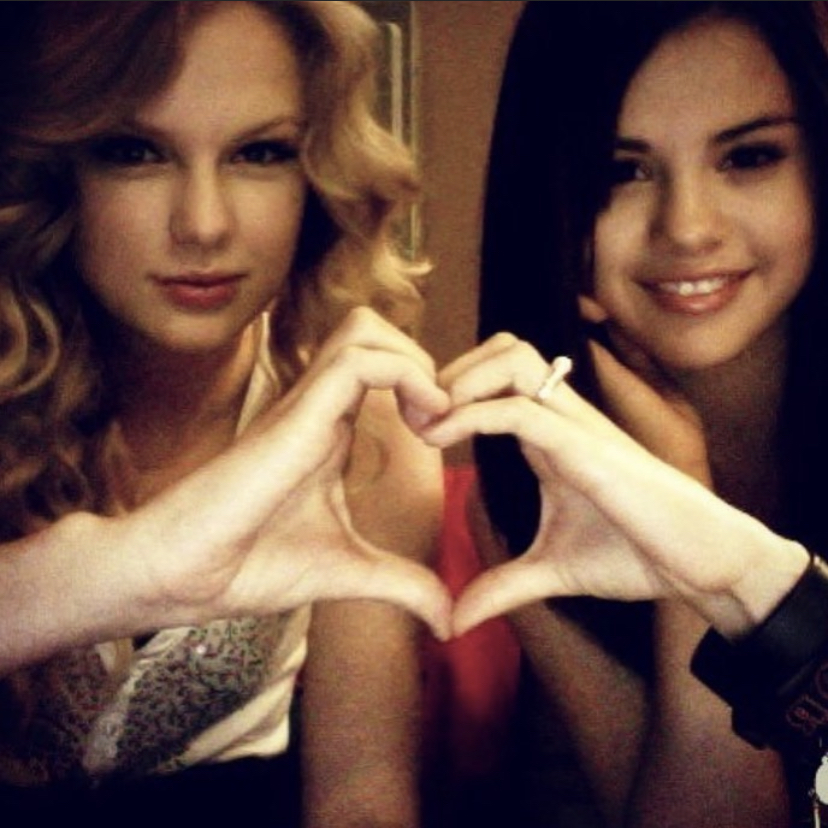The 21stcentury has seen a rise in the number of ways to organize and classify human experience: culture, politics, zodiac signs, and now—personality.
University students in particular are utilizing personality tests such as the Myers Briggs Type Indicator, True Colors, and the StrengthsFinder to discover and label aspects of their personalities for many different reasons.
“I think college, and years of age most associated with it, are those in which students are searching to find themselves and develop relationships and connections with others,” Psychology major, Jay Bradford, says. “These tests are one way for folks to find a community and to identify parts of their identity that are most present and skills that they may not have once understood. [They] provide students the opportunity for growth through understanding, and also offer a sort of fun and stress relief depending on the test.”
MYERS BRIGGS TYPE INDICATOR
The Myers Briggs Type Indicator (MBTI) is an assessment developed by Isabel Briggs Myers that uses psychological type theory to create a code that represents aspects of a person’s personality. The essence of the theory originally described by C.G. Jung is that behavior is actually quite consistent, though it can seem erratic at times.
The MBTI type is a code with 4 letters that each represent an aspect of a person’s preferences. The first letter is either an E for extroversion or an I for introversion. The second letter represents how a person takes in information, with either an S for sensing or and N for intuition. The third takes into account how people make decisions, with a T for thinking or an F for feeling. The last letter represents whether people like to remain decisive or to stay open to new information and options. These are represented by a J for judging and a P for perceiving.
The goal of the MBTI, according to MyersBriggs.org, is to “understand and appreciate the differences between people.” It is different from other personality tests in that it “sorts for preferences and doesn’t measure trait, ability, or character.”
Many students use this test to determine how their actions and opinions effect overarching aspects of their personality. In addition, the Myers Briggs Test is used in various job applications, such as the Resident Assistant position for the 2017-2018 hiring year, used in order for employers to see how one would work with a team.
TRUE COLORS
The True Colors personality test was founded by Don Lowry, who was the first to apply color metaphors to the theory described by Hippocrates and Plato. This theory identifies four different temperaments: sanguine, choleric, phlegmatic, and melancholic.
There are four central true colors: orange, gold, green, and blue. Each person’s personality has a combination of these, however, there is usually one most dominant, and this is the one that is described in the test-taker’s results. In general, orange promotes action, motivation, and excitement. Gold is value, stability, and strength. Green is representative of logic. Blue is psychological contentment and physical tranquility.
True Colors, according to TrueColorsIntl.com, is an “uncomplicated language for people to convey complex ideas.” This test was recently admitted to all incoming University freshman and was a fun activity to get students involved with their identity and preferable ways of creating in a team.
CLIFTON STRENGHTS FINDER
The Strengths Finder test is an hour-long assessment created by Donald Clifton that evaluates patterns of thinking, emotion, and behavior. The assessment gives the test-taker a “Top 5” that is representative of what a person does best. According to GallupStrengthsCenter.com, learning what a person’s strengths are is the first step to develop their talents and ultimately live their best life.
The results given by the Strengths Finder test are customized to the test-taker, and uses “positive psychology” to measure skills, knowledge, abilities, attitudes, and how these all come together to form a person’s personality. The assessment focuses on a person’s strengths because their philosophy is that “the greatest room for overall personal improvement isn’t where you’re weakest, but rather where you’re strongest.”
Taking personality tests is a way for people to build self-awareness as a basis for understanding oneself. According to Bradford, personality tests are as accurate as the person taking the test wants them to be.
“It is ‘you’ who is imputing the answers and judging yourself,” Bradford says. “Some answers are influenced by how people want to see themselves, or how people label themselves based on others. This doesn’t necessarily mean that the answers are inaccurate, however, if you define accuracy to mean encompassing and labeling the entire personality of a person—then I’m not sure that would be possible. Labels aren’t bad themselves, but it is added power and purpose that people place onto them that is what we should be wary of.”

